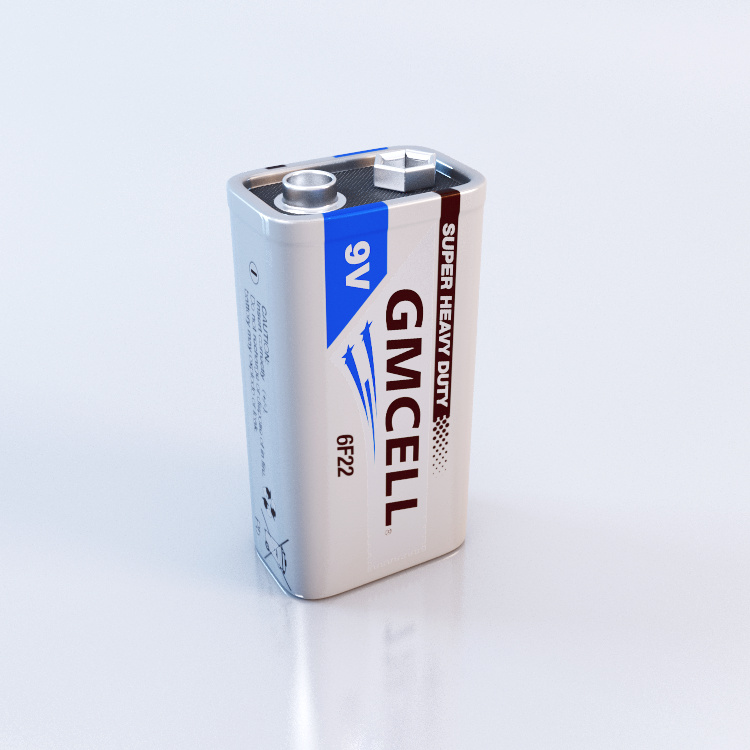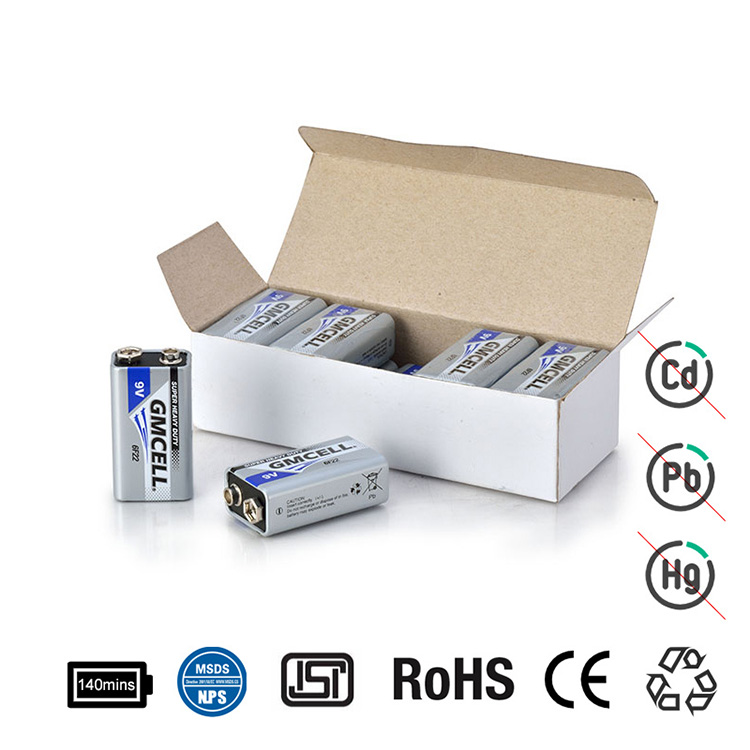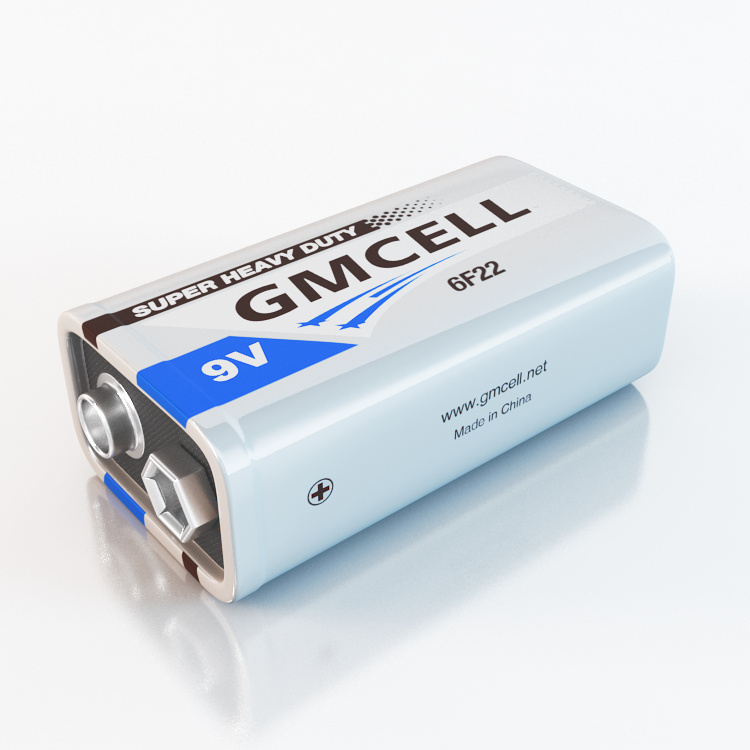Introduction
Carbon-zinc batteries, also known as dry cell batteries, have long been a cornerstone in the realm of portable power sources due to their affordability, wide availability, and versatility. These batteries, which derive their name from the use of zinc as the anode and manganese dioxide as the cathode with ammonium chloride or zinc chloride as the electrolyte, have played a pivotal role in powering numerous devices since their inception. This discourse aims to delve into the salient advantages of carbon-zinc batteries and expound on their extensive applications across various industries and daily life scenarios.
Advantages of Carbon-Zinc Batteries
1. **Affordability**: A primary allure of carbon-zinc batteries lies in their cost-effectiveness. Compared to rechargeable alternatives like lithium-ion batteries, they offer a significantly lower upfront cost, making them an attractive option for low-drain devices where frequent replacement is acceptable.
2. **Ubiquity and Accessibility**: Their widespread use ensures that carbon-zinc batteries are readily available at most retail outlets globally. This universal accessibility makes them a convenient choice for immediate power needs.
3. **Environmental Compatibility**: Although not rechargeable, carbon-zinc batteries are considered relatively environmentally friendly when discarded responsibly. They contain fewer toxic heavy metals than other types, simplifying disposal and reducing environmental impact.
4. **Stability and Safety**: These batteries exhibit high stability under normal usage conditions, posing minimal risk of leakage or explosion. Their non-spillable nature and stable voltage output contribute to their safety in handling and operation.
5. **Versatility in Application**: Carbon-zinc batteries come in various standard sizes (e.g., AA, AAA, C, D), catering to a broad spectrum of devices, from remote controls and toys to clocks and portable radios.
Applications of Carbon-Zinc Batteries
**Household Appliances**: In the domestic sphere, these batteries are ubiquitous, powering remote controls, wall clocks, smoke detectors, and small electronic toys. Their ease of use and ready availability make them ideal for these low-drain applications.
**Portable Audio Devices**: Portable radios, walkie-talkies, and basic audio players often rely on carbon-zinc batteries for their operation. The steady voltage supply ensures uninterrupted entertainment on the go.
**Emergency Lighting and Safety Equipment**: Carbon-zinc batteries serve as a reliable backup power source for emergency lighting systems, exit signs, and certain types of safety equipment such as flashlights and portable lanterns, ensuring preparedness during power outages or emergencies.
**Educational and Scientific Tools**: From simple educational experiments to advanced research tools, carbon-zinc batteries find application in powering science kits, microscopes, and other low-power educational devices, fostering learning environments without the need for a constant power source.
**Outdoor Activities**: For camping enthusiasts and outdoor adventurers, these batteries are invaluable for powering torches, GPS trackers, and portable radios, offering convenience and reliability in remote locations.
Challenges and the Future Outlook
Despite their numerous advantages, carbon-zinc batteries have limitations, primarily their lower energy density compared to modern rechargeable alternatives, leading to shorter lifespans in high-drain devices. Additionally, their disposable nature contributes to waste generation, highlighting the need for responsible disposal practices and ongoing advancements in battery technology.
The future of carbon-zinc batteries may lie in improving their efficiency and exploring eco-friendly alternatives in materials and manufacturing processes. However, in the present, they continue to hold a significant position due to their affordability, ease of access, and suitability for a myriad of low-power applications.
In conclusion, carbon-zinc batteries, with their blend of practicality, affordability, and broad applicability, remain a cornerstone of portable power solutions. While technological progress is steering the industry towards more sustainable and efficient alternatives, the legacy and utility of carbon-zinc batteries in our daily lives cannot be understated. Their role, though evolving, continues to underscore the importance of accessible and versatile energy storage solutions in a world increasingly reliant on portable electronics.
Post time: May-10-2024







